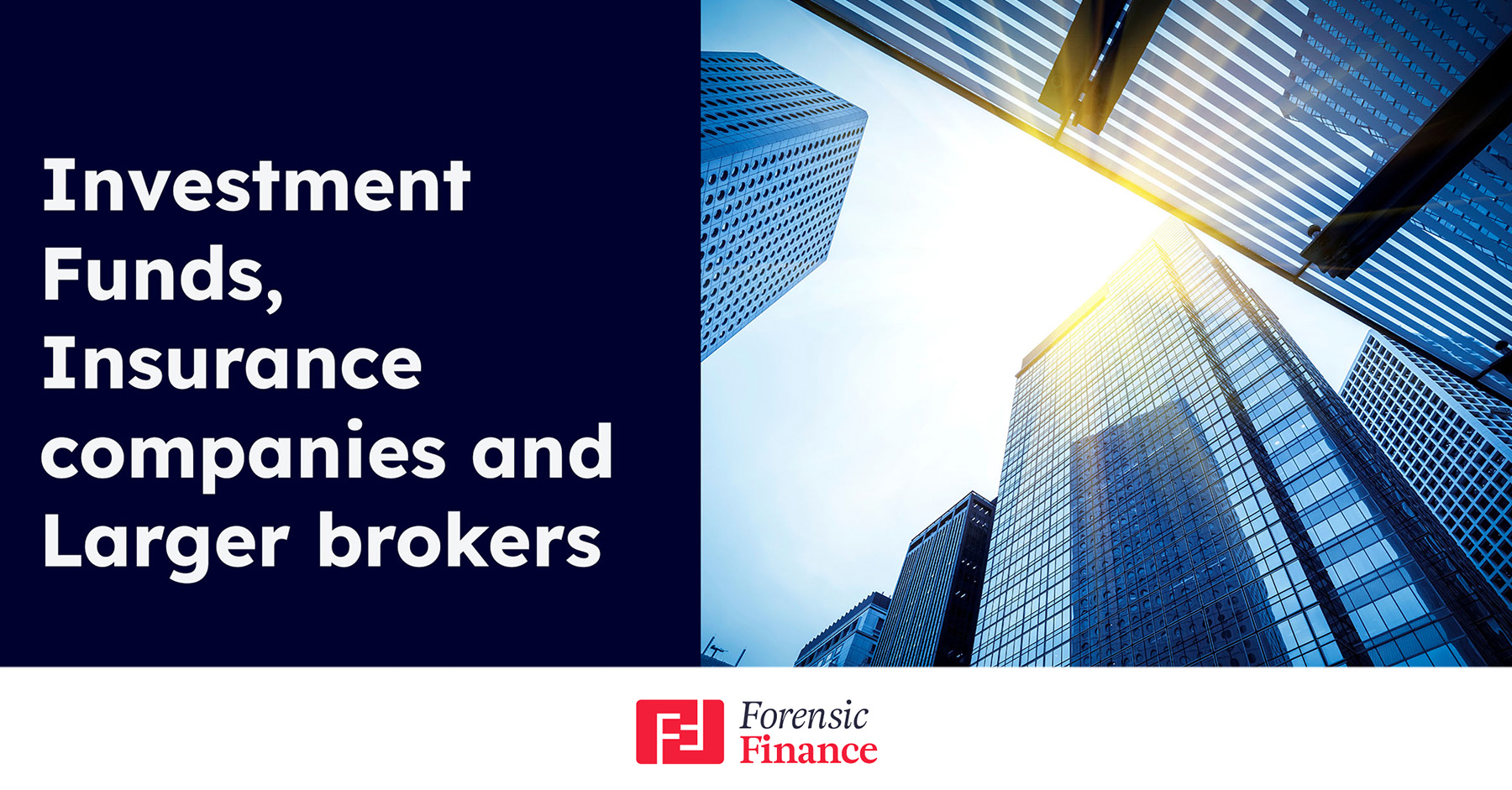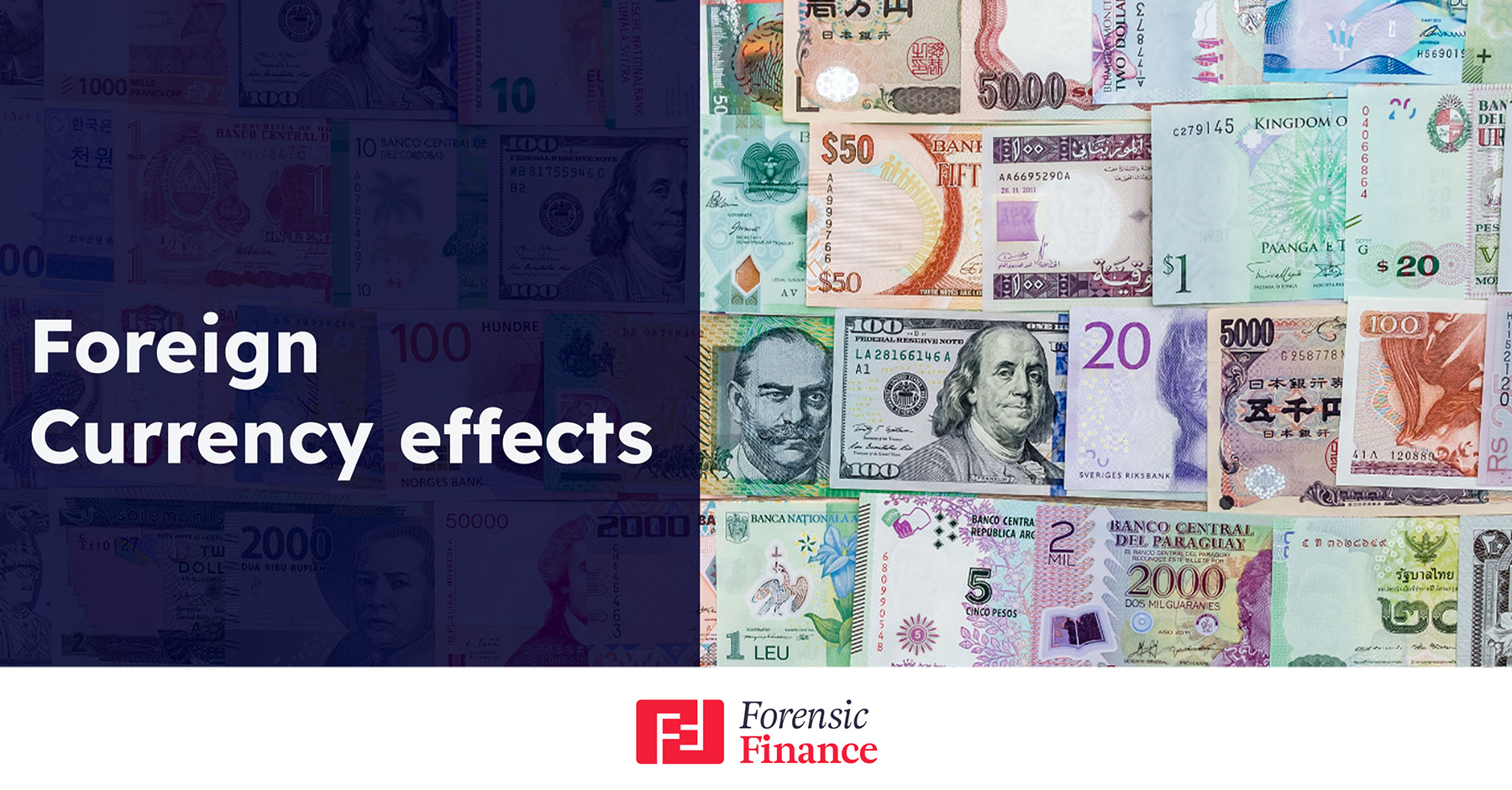As of the time of writing this, there are officially more than one hundred and seventy thousand regulated open-ended funds available on the market.
It appears they are multiplying at an alarming rate.
Statistics show that as of 2020, there was some $56.92 Trillion invested in Mutual funds ( Statista)
Over the last ten years, the amount of funds available on the market has increased by over forty per cent.
The most significant players are Blackrock followed closely by Vanguard, who pip Charles Schwab, and then it’s good old JP Morgan, BarclayHedge, Fidelity, State Street, Capital Group, and BNY Mellon. That’s just the most prominent players.
There is a benefit to this increase in popularity for us all. Over the last ten years, the average expense ratio dropped by twenty-five percent as the space became more competitive.
The market’s demand for lower fees and a huge shift towards more passive investment solutions has played a massive part in lowering the average prices in the market.
The average expense ratio of funds worldwide is between zero point five and one per cent.
This is why at Forensic Finance, we are constantly in a state of shock when we run our forensic reports for people and find they are paying three, four and five per cent on their portfolio!
How can this be? Well, it’s worth understanding a little bit about how funds are structured.
Suppose you take a Fund run by a particular company, one of the ones mentioned above, for example. The Fund exists to invest money. The more money it has, the more choices the Fund manager can make. So, the fund’s team actively seeks investors to add money. It could be institutional money in substantial pension funds and insurance companies listing them in a selected range of packaged products.
Or very large brokerages who arrange a deal with the fund to list it within their portfolio of fund that brokerages advisers recommend.
So, you have the fund. Let’s call it Fund ‘X”. It has its costs, the fees the Fund company chooses to charge. Let’s say that is 0.35%, then along comes an insurance company, let’s call them company ‘Y,” they provide package solutions to the public.
Insurance company ‘Y” approaches Fund ‘X” and says, ‘We like your fund. We want to list it as available through our savings and investment products”, Fund ‘X” naturally obliges.
However, Insurance company ‘Y” would like to make money from that agreement.
So Insurance company ‘Y” ask fund ‘X” to create a different charging structure for the money they place into the fund. Let’s now call the insurance companies section of the fund, Fund ‘YX”, and the annual management charge on this fund will be 1.35%.
This is all agreed upon, and they are all off to the races, placing a tidy profit for themselves from the money you invest.
You will see this everywhere. You will have the Brokerage or insurance company’s name in front of the name and type of the fund, and this particular brand of the fund has a different annual management charge than the actual fund. All be it that the money is being run in precisely the same manner.
Buy a copy of the Financial Times, and look in the back pages to compare the price difference of the same named funds. You will see different ISN numbers ( International Securities Identification Number). They will have different annual management fees.
Related posts:
In this article, we intend to highlight some factors that WILL affect your investment outcome. We have come across countless amounts of savers and investors that are unaware of this or believe it does not impact them.

